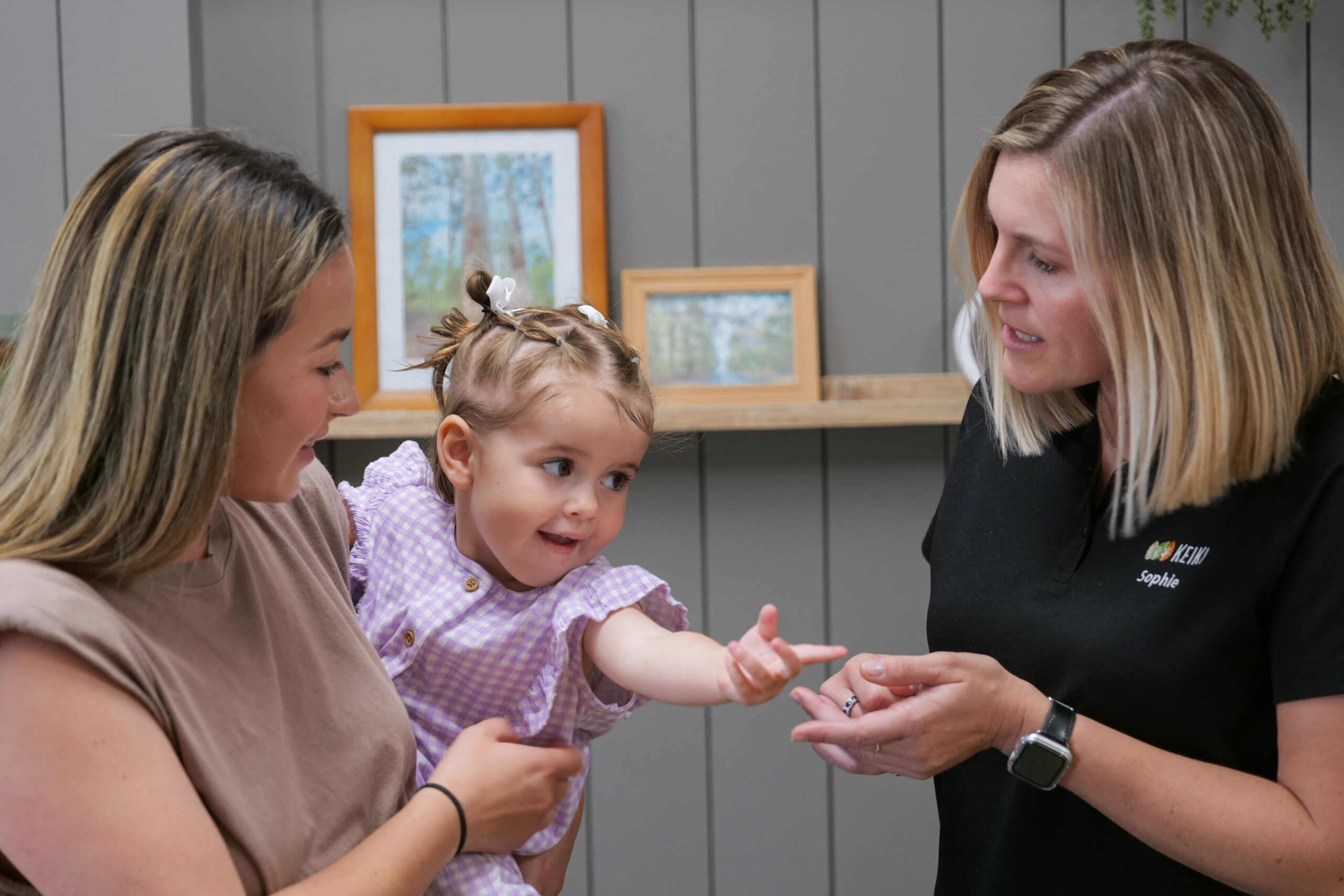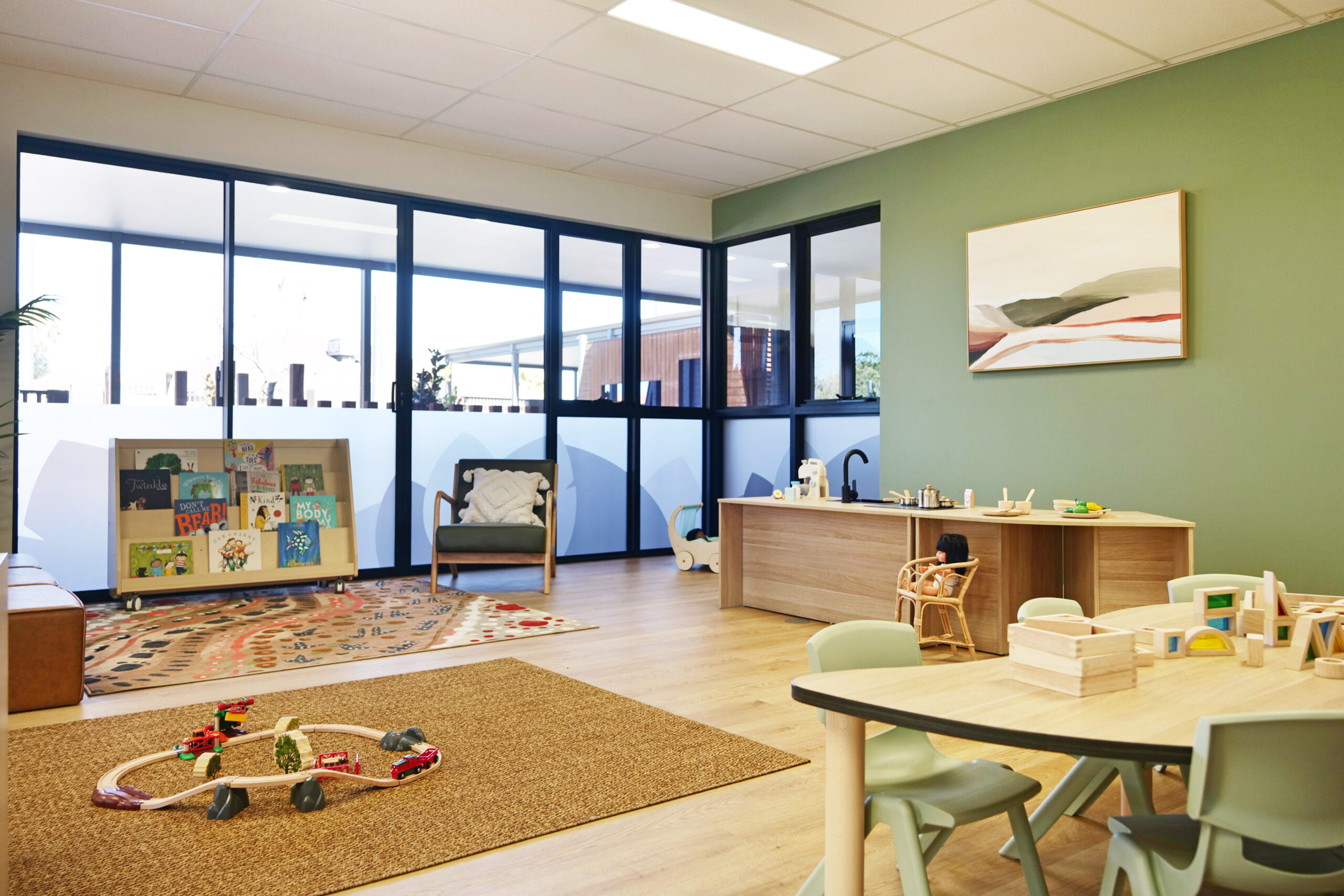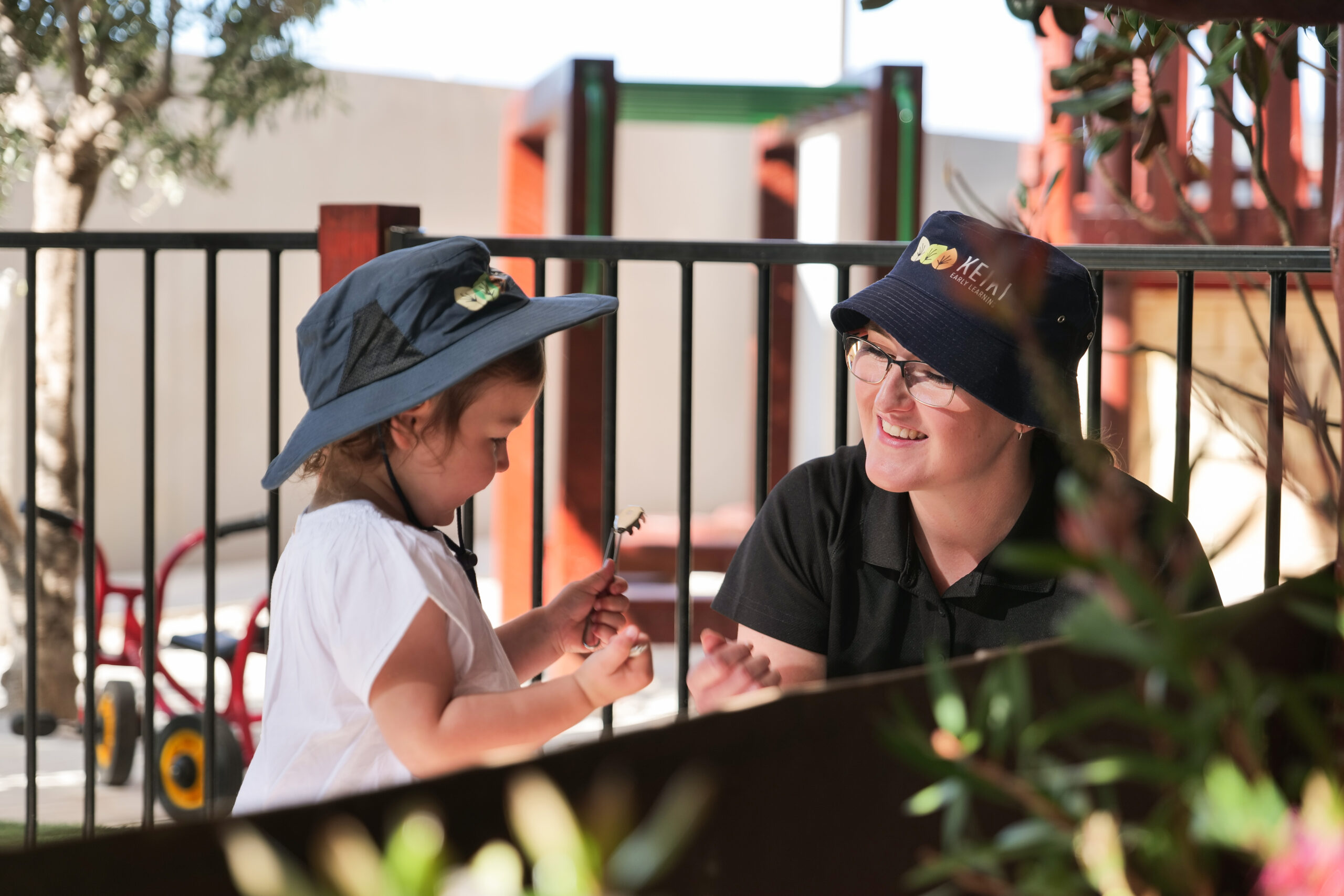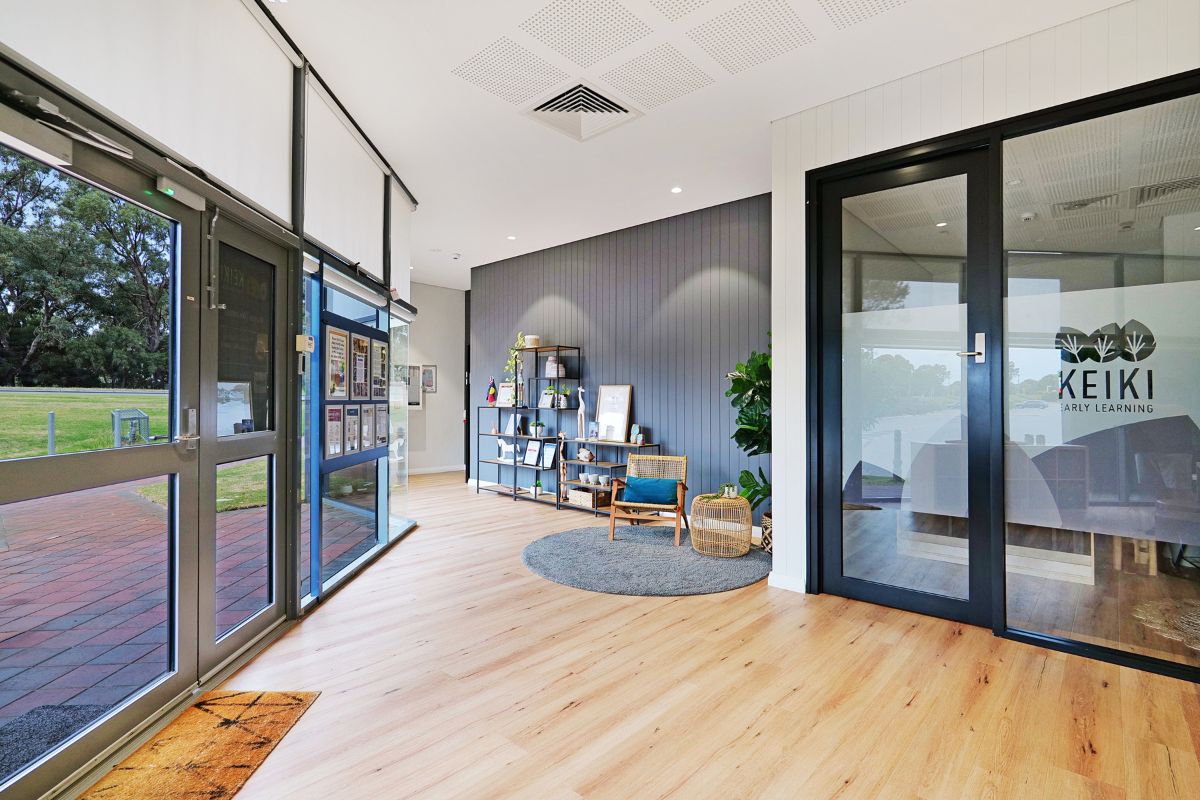
A Parent’s Guide on How to Choose a Child-Safe Daycare
Every parent wants peace of mind when leaving their child in someone else’s care. With over 1.3 million children attending early learning services across Australia, knowing what to look for in a child-safe daycare is more important than ever. If you’re thinking about enrolling your child into a daycare setting, there are several tips and things to consider to ensure you’re choosing the very best care for your child. One of the biggest pieces of advice we give parents is to tour several centres, view their environments and learn about the procedures they have in place to help keep children safe from harm. Below, we’ve put together some suggestions for parents, to help you choose a safe childcare environment for your child to learn and grow.
Look at Play and Learning Environments
Choosing a daycare is one of the most important decisions you’ll make as a parent, and it’s important that you feel that your child will be safe, seen, and supported each day. Look at the physical environments and rooms, ensuring they are clean, hygienic and uncluttered. Ideally, they should be designed for optimal supervision, with open plan layouts, clear visibility and minimal blind spots. Play spaces should encourage adventurous, age-appropriate play. Resources and play equipment should always be age and development appropriate and in good condition, with enough play resources available to ensure all children can participate safely and meaningfully.

Ask About Childcare Centre Staffing
The people caring for your child will shape their daily experience, so it’s worth taking time to understand who they are and how the centre supports them. Ask about the centre’s staffing arrangements and tenure of current staff. Some staff turnover is to be expected, but a portion of long-term educators is always a good sign. Ask:
- Do they employ casual agency staff regularly?
- Do they roster above the required educator to child ratios, or at minimum requirements?
- How do they support children to create trusted bonds as they transition into daycare?
Child Supervision: Routines
Daycare routines may look seamless on the surface, but strong supervision policies are what keep children safe as they move through the day. The centre manager should be able to answer questions about the centre’s supervision policy including procedures for signing in, signing out and regular headcounts. You can also check if the children’s sleep and rest areas are always visible from the outside and included in supervision zones. If the centre promotes free-flow environments, ask what processes are in place for children’s indoor, outdoor and room transitions throughout the day.
Privacy and Personal Safety for Your Child
Care routines like toileting and rest time are moments when children are most vulnerable, so it’s important to know how the centre manages them. Check the visibility through to bathrooms and cot rooms – educators should be able to see easily into rooms through open windows or glass panels, while still protecting children’s right to privacy. Ask if new or casual staff are responsible for care routines (eg nappy changing or toileting). Ideally, children should be able to get to know an educator and build trust before care routines are undertaken.
Policies on Technology and Devices
As a parent, it’s natural to want clarity on how technology is used in the centre and how your child’s information is protected. Check policies and procedures around technology and devices. Things to look out for are usage of personal devices, how information and imagery is stored and shared, and how devices are managed by the organisation. When you enrol, you should be able to opt in or out of various image sharing platforms as part of your consent form. If there is CCTV installed, ensure this is managed within a secure network.
Staff Training and Reporting
Knowing that every educator is properly checked and trained allows you to feel more confident leaving your child in their care. Check how many staff are required to undergo First Aid and Child Protection training, and how often they refresh their knowledge. Staff should be aware of the reportable conduct scheme and mandatory reporting process. All staff should have a current Working with Children Check.

Educational Program and Curriculum
Are safety topics included in the educational program? Subjects such as Protective Behaviours, identifying and talking about emotions, children’s wellbeing, road safety and water safety are examples that could be included in the curriculum. Are there plentiful resources such as books and games to support children’s learning around safety, and are there any resources or workshops provided to families to further support them in learning about child safety?
Compliance and Management
Ask about the centre’s head office or management support. Some questions could include:
- Is there a Compliance specialist (internal or external) conducting regular auditing and checks?
- Is there support in areas such as compliance, administration, finance and human resources to help ensure policies and processes are regularly reviewed and followed?
- Does the company have a child-safe commitment or statement displayed?
- Where is the head office located and do management staff visit the centre regularly?
In addition, ensure the centre is conducting regular emergency drills and is rated ‘Meeting’ National Quality Standards or higher. This means they are fulfilling the expected requirements set by the Australian Children’s Education and Care Quality Authority (ACECQA).
Relationships with Families
The best outcomes for children are achieved through open and collaborative communication between educators, families and communities. Check how the centre records daily routines such as meals and toileting; whether recorded via an app or a physical board within the rooms, it should be accurate and up to date. Organisations that are committed to continual improvement will value family feedback and welcome regular two-way communication. You can also get a good sense of a centre’s quality by checking their Google reviews and reading past and current testimonials from other families.
Check Centre Security
Finally, check what security is in place to prevent unauthorised access to the building and/or rooms. Look for pin-coded entries, external CCTV, additional child-safe gates or doors leading out to busy areas such as carparks, and secure sign-out procedures. In addition, check the centre’s policies around emergency contacts and how they verify the identity of additional people who have been authorised to pick up your child. These act as an extra precautionary layer of security to help keep children safe.

As a parent, it’s important to feel completely comfortable when leaving your child in a new environment. Make sure you ask questions whenever you have them, at all stages of your child’s enrolment. Trust your instincts, if something doesn’t sit right with you as a parent or guardian, it’s worth requesting a meeting with the centre manager to discuss your concerns. If you would like to learn more about child safe strategies at Keiki, please click here or book a tour to speak with our experienced team today.


